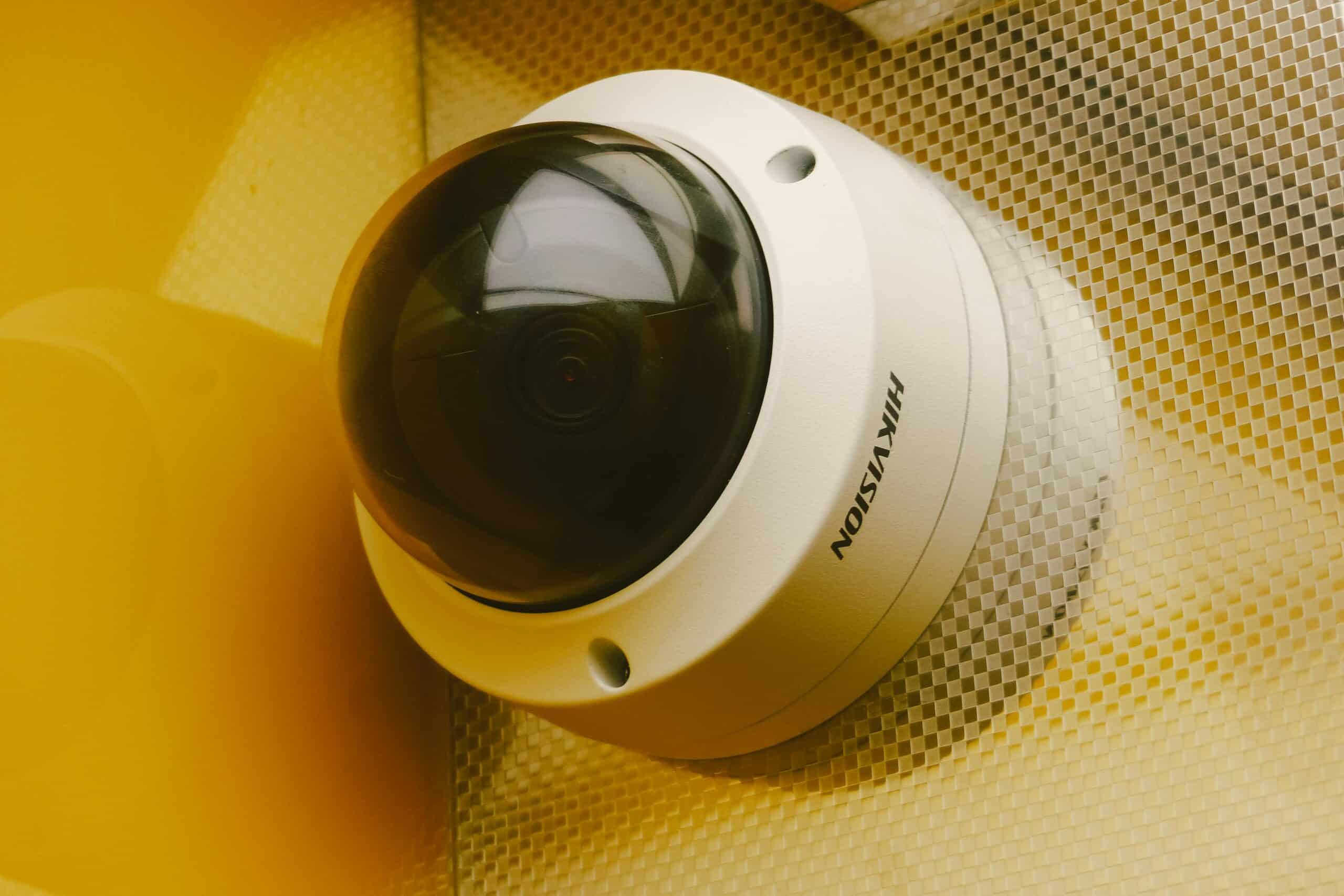Security cameras have become increasingly popular in schools and educational institutions in Uganda. With the rise of violent incidents in schools, security cameras have become an essential tool in ensuring the safety and security of students, teachers, and staff. By monitoring activities within school premises, security cameras serve as a constant watchful eye, aiding in preventing incidents and ensuring a secure environment for all.
The role of security cameras in schools and educational institutions is multifaceted. One of the primary benefits of installing security cameras is the deterrence of criminal activity. The mere presence of cameras can discourage potential criminals from engaging in illegal activities on school grounds. In addition, security cameras can provide valuable evidence for investigations in the event of an incident. By recording footage, school administrators can identify perpetrators and take appropriate action to prevent similar incidents from occurring in the future.
Another important benefit of security cameras in schools is the ability to monitor student behavior. This can help identify potential issues before they escalate into more serious problems. Additionally, security cameras can aid in emergency response by providing real-time information to law enforcement and emergency responders in the event of an incident. Overall, security cameras play a vital role in ensuring the safety and security of students, teachers, and staff in schools and educational institutions in Uganda.
Overview of Security Camera Usage in Ugandan Schools
Security cameras are becoming increasingly popular in Ugandan schools as a way to help ensure the safety of students, staff, and visitors. These cameras can be installed both indoors and outdoors, to provide surveillance and monitoring of school grounds and buildings.
One of the main benefits of security cameras in schools is that they can act as a deterrent to criminal activity. When potential perpetrators know that they are being watched, they are less likely to engage in criminal behavior. This can help to reduce incidents of theft, vandalism, and violence on school grounds.
In addition to acting as a deterrent, security cameras can also be used to monitor and investigate incidents that do occur. With cameras installed throughout the school, administrators and law enforcement officials can quickly and easily review footage to identify suspects and gather evidence.
It’s important to note that security cameras in schools must be used responsibly and with respect for the privacy of students and staff. Schools should have clear policies in place regarding camera usage, including guidelines for when and where cameras can be used, who has access to footage, and how long footage is retained. By following these guidelines, schools can ensure that security cameras are used effectively and ethically to help create a safer learning environment for all.
Legal and Privacy Considerations
As with any surveillance system, school security cameras must comply with national laws and policies, as well as protect the privacy of students and staff.
National Laws and Policies
In Uganda, the use of security cameras in schools is legal, but certain laws and policies must be followed. According to the Education Act of 2008, schools must ensure the safety and security of students and staff, but they must also respect the privacy and dignity of students. The Ministry of Education and Sports has also issued guidelines for the use of security cameras in schools, which include obtaining consent from parents and guardians, ensuring that cameras are not installed in private areas such as bathrooms and changing rooms, and limiting access to camera footage.
Student and Staff Privacy
While school security cameras can help deter and prevent crime, they can also raise privacy concerns. Students and staff have a right to privacy, and schools must take steps to protect this privacy while still ensuring safety and security. For example, schools should limit access to camera footage to authorized personnel only, ensure that cameras are not installed in private areas, and provide notice to students and staff about the use of security cameras.
To further protect privacy, schools can also consider using technology such as facial blurring or pixelation to obscure the identities of individuals in camera footage. Schools should also have clear policies in place for how camera footage will be used and stored, and how long it will be retained.
Overall, while the use of security cameras in schools can help enhance safety and security, it is important to ensure that these cameras comply with national laws and policies and protect the privacy of students and staff.
Technological Aspects
Types of Security Cameras
When it comes to security cameras in schools and educational institutions in Uganda, there are different types to choose from. The most common types of security cameras include:
-
- Dome cameras: These cameras are the most popular type of security cameras in schools. They are easy to install and can be mounted on walls or ceilings. They are also vandal-proof, making them ideal for schools.
-
- Bullet cameras: These cameras are long and cylindrical. They are ideal for outdoor use and can be used to monitor the perimeter of the school.
-
- PTZ cameras: These cameras can pan, tilt, and zoom. They are ideal for large areas and can be used to monitor classrooms, hallways, and other areas of the school.
-
- Wireless cameras: These cameras are easy to install and can be placed anywhere in the school. They are ideal for schools that don’t have a lot of wiring.
Data Storage and Management
When it comes to data storage and management, there are different options to choose from. The most common options include:
-
- Cloud storage: This option allows you to store your data on remote servers. It is a convenient option as you can access your data from anywhere with an internet connection.
-
- Network-attached storage (NAS): This option allows you to store your data on a local network. It is a more secure option as your data is not stored on remote servers.
-
- Digital video recorders (DVRs): This option allows you to store your data on a local hard drive. It is a cost-effective option as you don’t need to pay for cloud storage.
In conclusion, choosing the right type of security camera and data storage option is crucial for ensuring the safety and security of students and staff in schools and educational institutions in Uganda.
Security Cameras and School Safety
Security cameras have become an essential component of school safety and security measures in Uganda. They can help prevent crimes, provide evidence for investigations, and aid in emergency response. Here are some ways in which security cameras can enhance school safety:
Crime Prevention
Security cameras can deter criminal activity in and around schools by providing a visible and constant surveillance presence. Potential criminals are less likely to commit crimes if they know they are being monitored. Cameras can also help identify and track suspicious individuals, allowing security personnel to intervene before a crime occurs.
Emergency Response and Evidence Collection
In case of an emergency, security cameras can provide valuable information to aid in emergency response. For instance, if there is a fire or a medical emergency, cameras can help locate individuals who need assistance. In addition, cameras can capture footage of any criminal activity or suspicious behavior, which can be used as evidence in investigations.
Overall, security cameras are an important tool in ensuring the safety and security of students, staff, and visitors in educational institutions. However, it is important to note that cameras are not a substitute for other safety measures such as access control, emergency preparedness, and staff training.
Impact on School Environment
Security cameras have a significant impact on the school environment in Uganda. They provide a sense of security and safety for students, teachers, and staff. They also help to deter criminal activities and prevent incidents of violence.
Behavior Monitoring
Security cameras play a crucial role in monitoring the behavior of students and staff. They ensure that everyone is adhering to the school’s policies and code of conduct. Cameras can capture incidents of bullying, physical altercations, and other disruptive behavior. This information can then be used to address the issues and take appropriate action.
Impact on Learning Atmosphere
A safe and secure learning environment is essential for students to thrive academically. Security cameras help to create this atmosphere by providing a sense of safety and protection. When students feel secure in their environment, they are more likely to focus on their studies and perform better academically. Additionally, security cameras can help to prevent theft and vandalism, which can disrupt the learning process.
In conclusion, security cameras have a positive impact on the school environment in Uganda. They provide a sense of safety and security for everyone on campus. They also help to monitor behavior and prevent criminal activity, which can create a better learning atmosphere for students.
Challenges and Limitations
Financial Constraints
One of the main challenges faced by educational institutions in Uganda when it comes to installing security cameras is the cost. Security cameras can be expensive, especially when you consider the ongoing maintenance costs. The cost of installation and maintenance can be a significant financial burden for schools, particularly those that are already struggling to make ends meet.
Moreover, there is a risk that schools may opt for cheaper, lower-quality cameras to save money. This can compromise the effectiveness of the security system and result in inadequate coverage. Therefore, it is important for schools to carefully consider their options and invest in high-quality cameras that will provide adequate coverage and last for many years.
Technical Challenges
Another significant challenge is the technical expertise required to install and maintain security cameras. Many schools in Uganda do not have the technical expertise required to install and maintain security cameras. They may need to hire outside contractors to install and maintain the cameras, which can be expensive.
Additionally, power outages are common in Uganda, which can disrupt the functioning of security cameras. Schools may need to invest in backup power sources to ensure that the cameras continue to function during power outages. This can be an additional expense that many schools may not be able to afford.
fun fact
“Did you know? The first photograph ever taken required a whopping 8 hours of exposure time! If you thought your school picture day was a marathon, imagine holding a smile for almost an entire workday! Say cheese, and be thankful for modern camera tech capturing your best angles in a snap! 
A message from Protechuganda.
Elevate the security and functionality of your educational institution with ProtechUganda – your one-stop solution for comprehensive technical services. From advanced camera installations to expert electrical wiring, plumbing, and more, we specialize in enhancing safety and efficiency.
At ProtechUganda, we understand the unique challenges faced by schools in Uganda. Our skilled professionals bring a wealth of technical expertise to ensure seamless installations and maintenance, addressing the diverse needs of educational environments.
Choose ProtechUganda for cost-effective yet high-quality security solutions. We prioritize privacy, adhere to national laws, and provide state-of-the-art systems that not only deter criminal activities but also contribute to a secure and conducive learning environment.
Invest in the safety and functionality of your institution with ProtechUganda. Contact us today for tailored solutions that meet your specific needs and budget. Experience the peace of mind that comes with cutting-edge technology and professional service.
conclusion
while security cameras can be an effective tool for improving safety and security in schools, some several challenges and limitations need to be considered. Financial constraints and technical challenges are two of the most significant challenges faced by educational institutions in Uganda. It is important for schools to carefully consider their options and invest in high-quality cameras that will provide adequate coverage and last for many years.





